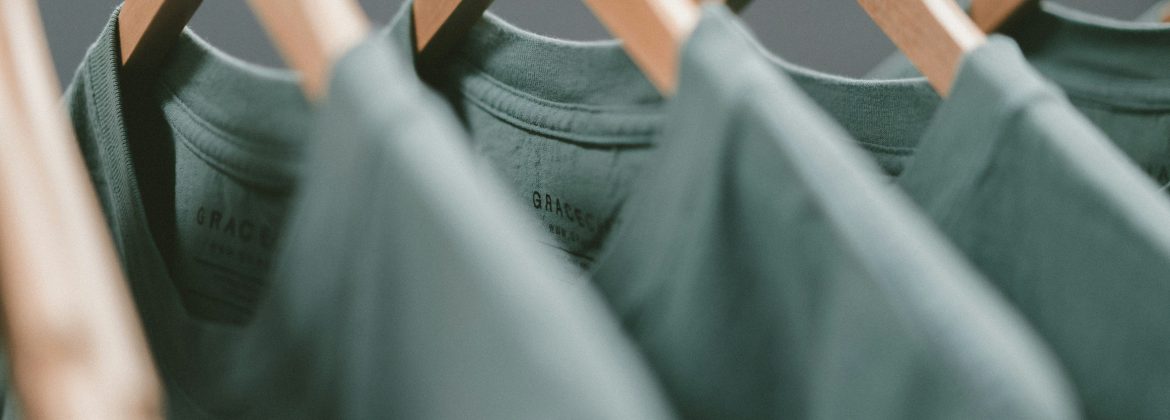The Evolution of Fashion and Apparel: A Look into the Past, Present, and Future
Fashion and apparel have been a fundamental part of human culture for centuries. From ancient civilizations to modern societies, clothing has always played a significant role in defining one’s identity, status, and style. The fashion industry has gone through numerous transformations over the years, reflecting changes in social norms, technological advancements, and cultural influences.
In the past, clothing was primarily worn for protection and modesty. Ancient civilizations such as the Egyptians, Greeks, and Romans used clothing made from natural materials like linen, wool, and silk. The styles and designs of clothing were often simple and functional, with little emphasis on aesthetics or trends. However, as societies became more complex and interconnected, clothing began to evolve into a form of self-expression and status symbol.
The Middle Ages saw the rise of elaborate garments and accessories that were reserved for the nobility and upper classes. Clothing became a way to showcase wealth, power, and social standing. The Renaissance period brought about a renewed interest in art, culture, and fashion, leading to the creation of intricate designs and luxurious fabrics. The Industrial Revolution revolutionized the fashion industry with the mass production of clothing, making stylish garments more accessible to the general population.
In the 20th century, fashion and apparel underwent significant changes due to globalization, urbanization, and technological innovations. The rise of fashion designers like Coco Chanel, Christian Dior, and Yves Saint Laurent revolutionized the way people dressed, introducing new styles, silhouettes, and fabrics. The emergence of fashion magazines, runway shows, and celebrity endorsements further popularized trends and influenced consumer behavior.
Today, the fashion and apparel industry is a multi-billion-dollar business that encompasses a wide range of products and services. From haute couture to fast fashion, there are endless options for consumers to express their personal style and preferences. Social media platforms like Instagram, Pinterest, and TikTok have also played a significant role in shaping fashion trends and driving consumer demand.
Looking ahead, the future of fashion and apparel is likely to be shaped by sustainability, technology, and inclusivity. With growing concerns about the environmental impact of the fashion industry, many brands are adopting eco-friendly practices and using recycled materials in their designs. Virtual reality, artificial intelligence, and 3D printing are also revolutionizing the way clothing is designed, produced, and marketed.
In conclusion, fashion and apparel have come a long way from their humble origins as basic garments for protection and modesty. Today, clothing is a form of self-expression, creativity, and identity that continues to evolve and adapt to changing trends and societal values. As we look to the future, it is clear that the fashion industry will continue to innovate and inspire, reflecting the ever-changing world we live in.

